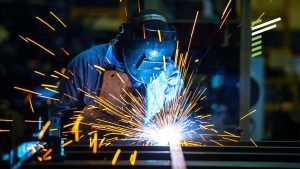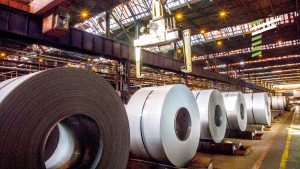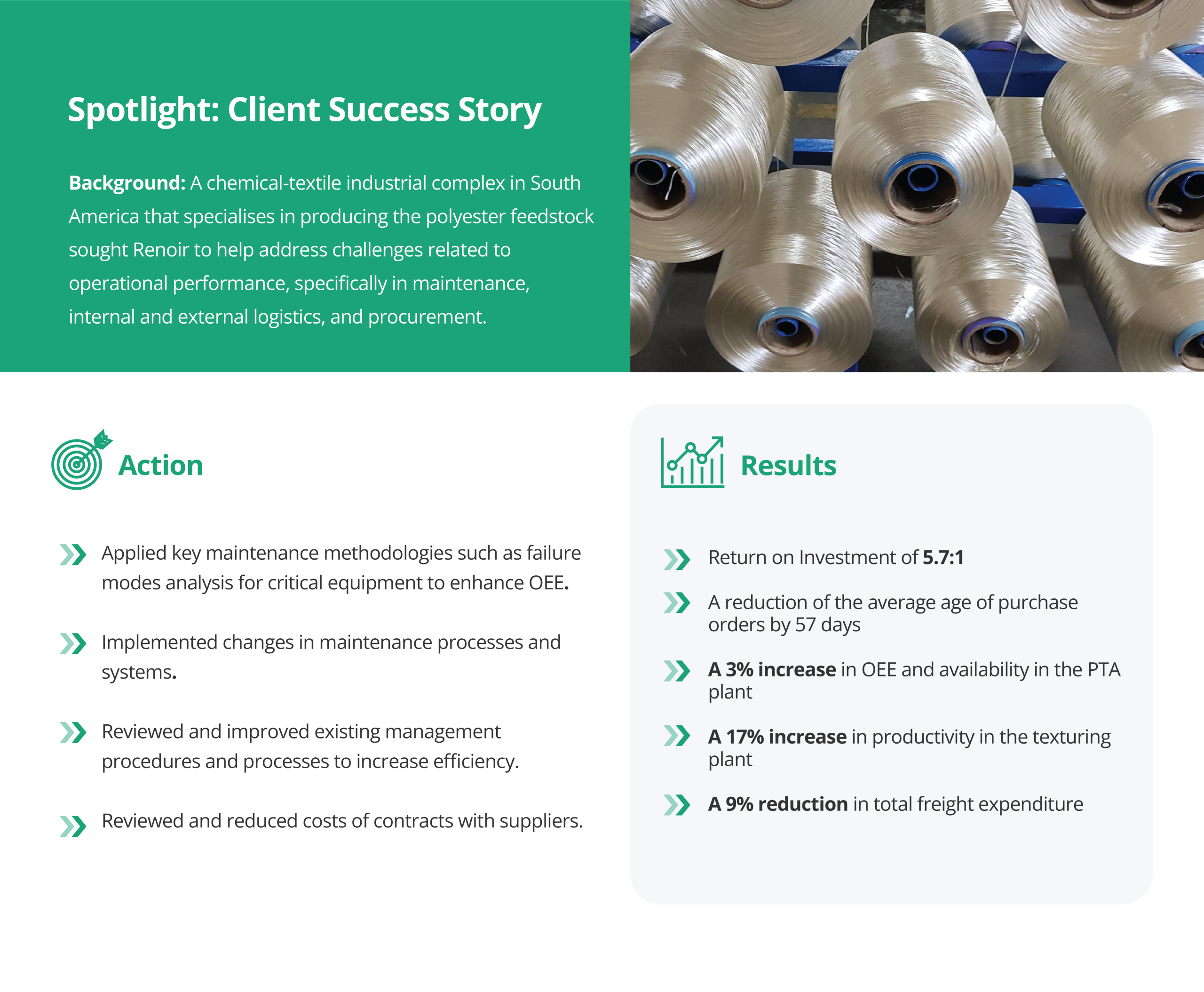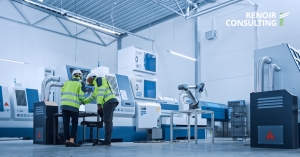Manufacturing plants in Brazil are under increasing pressure to improve productivity amid tightening margins and ongoing shortages of skilled labour. As profit margins shrink, plants have less financial flexibility to invest in new technologies or provide workforce training. This restricts their capacity to implement meaningful changes that could improve operational efficiency.
A shortage of skilled labour in the country could also block the efforts to maintain high-quality production and implement process improvements. This is because skilled labour is essential for operating advanced machinery, resolving issues and driving continuous improvement initiatives.

Improve project profitability with root cause analysis

Management system drives efficiency and contractor compliance

Improve sales efficiency with optimised systems & processes

Management system drives efficiency and contractor compliance
Ready for a change in your organisation?
The Three Pillars of Successful Operational Excellence Implementation
Operational Excellence principles can be applied to address the growing pressures of tightening margins and skilled labour shortages. This comprehensive and long-term strategy not only aligns your firm’s overarching goals with day-to-day operations but also focuses on the end-to-end integration of people, processes, and technology as a means to move closer to the productivity frontier.
In Brazil, up to 90% of Renoir’s current projects focus on raising operational efficiency and reducing costs as part of the Operational Excellence process. Based on the success of these engagements, the implementation of Operational Excellence relies on three interconnected pillars:
Overall Equipment Efficiency (OEE) Improvement
Improving Overall Equipment Effectiveness (OEE) is one of the most direct ways to improve plant availability, performance, and equipment quality. By introducing Short Interval Control (SIC) and structured daily monitoring, teams can quickly detect when performance drifts from target and act immediately to bring results back on track.
As part of the OEE improvement process, maintenance planning, scheduling and execution should be enhanced through root cause analysis. This includes developing standard bills of materials (BoMs), task durations and skills.
Factory Layout Redesign
Redesigning the factory layout is another initiative to improve equipment efficiency. By remodelling the layout, manufacturers can reduce waste and streamline workflows. This is because intentional, well-thought-out production lines and material flows reduce cycle times and lessen worker fatigue.
Possible approaches include introducing new material flow layouts to address space constraints and blockages, transitioning to single-piece or best-piece flow manufacturing, and implementing layout adjustments that optimise workload distribution and material handling within departments.
Workforce Optimisation
The amount of manpower in Brazilian factories can vary, depending on the sector. Some factories are highly automated, while others still employ many field workers. Dependence on human labour can sometimes lead to labour-related challenges. A heavy reliance on human labour can introduce operational constraints. Strategic optimisation of workforce deployment (through revised shift structures, calibrated shift lengths, and balanced staffing) can improve alignment between labour capacity and production demand.
This can be achieved by redefining roles, responsibilities, and spans of control to clarify accountability, streamline structures, and identify opportunities to optimise manpower and resource allocation. When implementing new systems or change initiatives, engaging the workforce early helps build support and minimise resistance.

Read more about the case study here
By viewing Operational Excellence as the new frontier of productivity, Brazilian manufacturers can move beyond traditional, incremental efficiency gains and address the structural challenges that have long hindered the sector. Improving one of the three pillars discussed above, such as implementing a well-designed layout, can lead to improvements in other areas, such as employee safety and OEE scores.
Renoir has over thirty years of experience enhancing the efficiency, productivity, and effectiveness of manufacturing and industrial operations, including their supporting functions such as maintenance and supply chain. We have completed more than 200 operational excellence projects, several of which were repeat engagements.
Move beyond incremental efficiency gains. Let’s build your path to true Operational Excellence.










